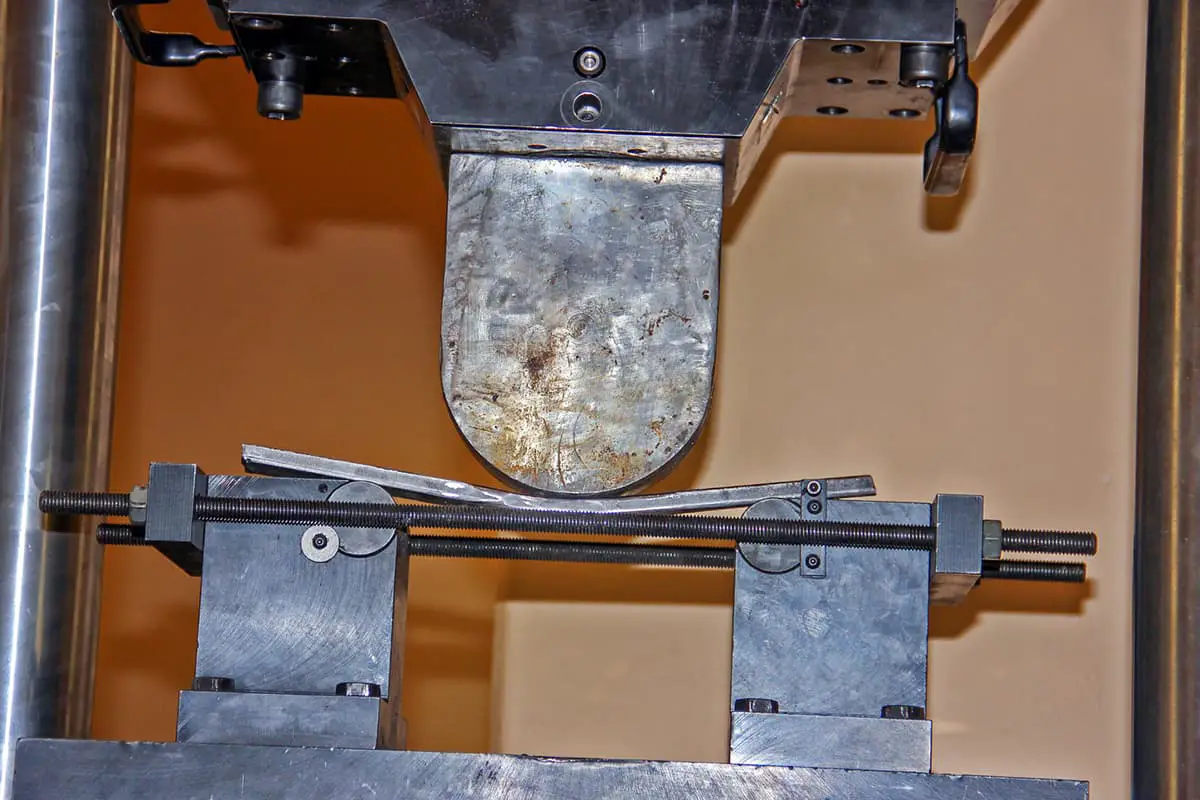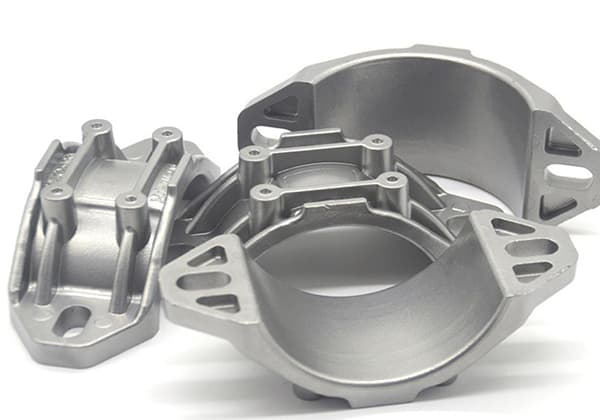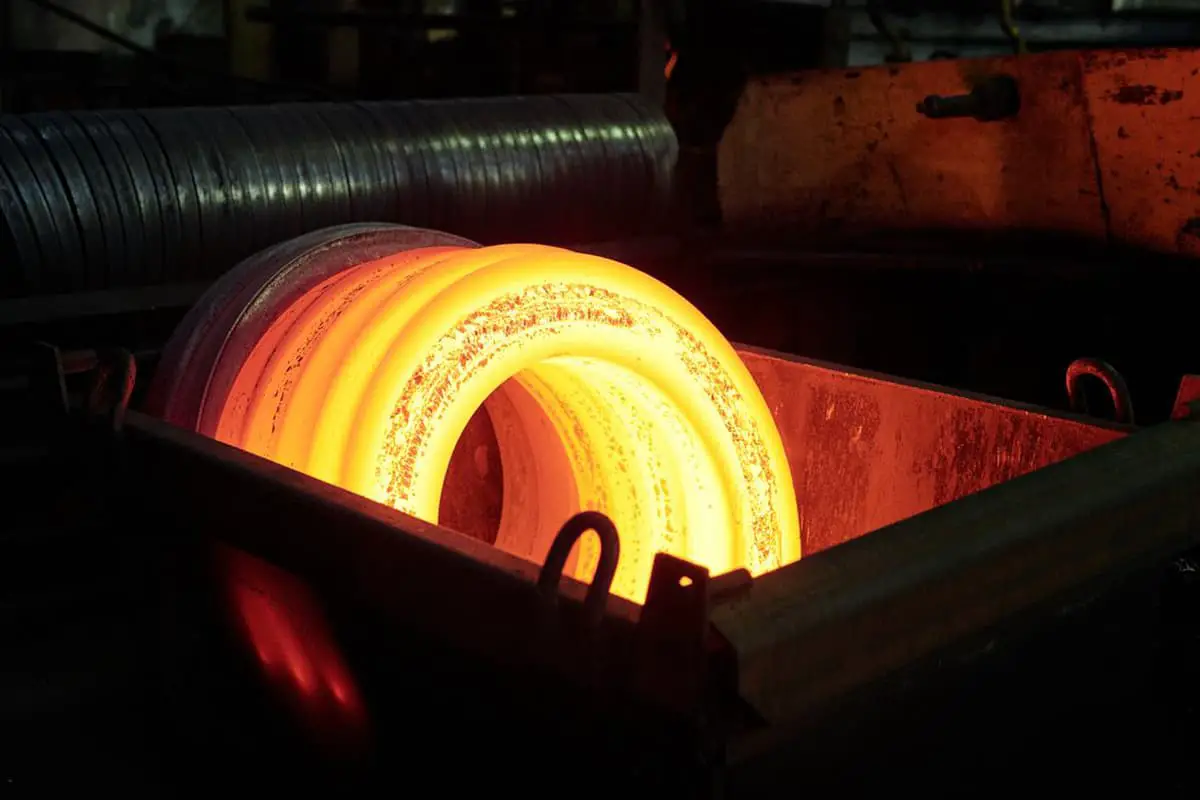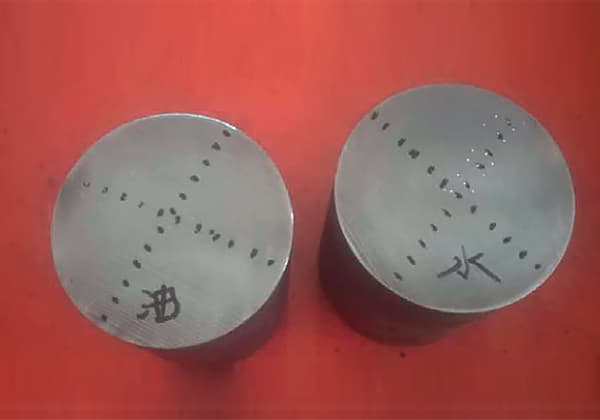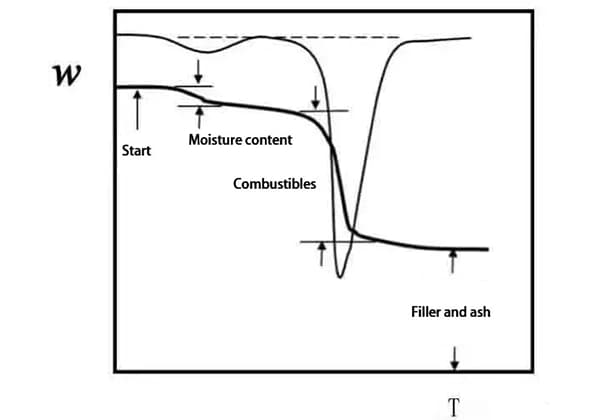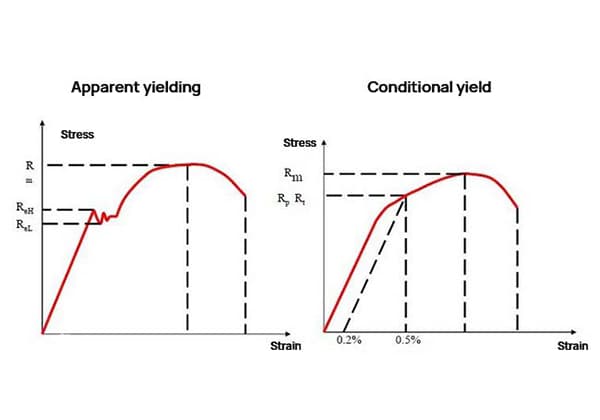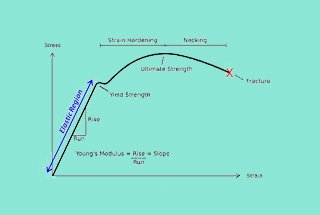
Have you ever questioned how the accuracy of metal elongation tests impacts material performance? This article explores various elongation parameters, the importance of selecting suitable extensometers, and methods to improve measurement precision. By understanding these aspects, you can ensure reliable results in assessing the mechanical properties of metals. Dive in to learn how to minimize errors and optimize your testing process for better material evaluation.
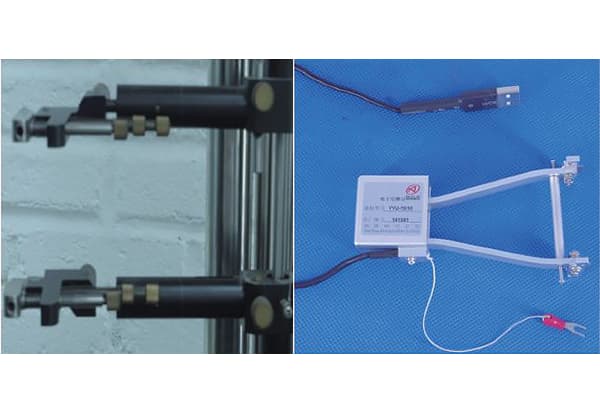
The elongation and reduction of the area of metal materials can provide specific insights into the characteristics of the materials.
Elongation is a broad concept that encompasses various parameters such as maximum force total elongation (uniform elongation), elongation after fracture, yield point elongation, maximum force plastic elongation, total fracture elongation, etc. Each of these parameters reflects different material characteristics.
For instance, elongation after fracture considers the uniform plastic deformation ability and local deformation (necking) ability of metal materials, while maximum force total elongation (uniform elongation) more accurately reflects the uniform plastic deformation ability of metal materials with strain hardening characteristics than elongation after fracture.
Thus, elongation is widely used as a crucial index to measure the mechanical properties of metal materials.
This article outlines the key aspects of using common extensometers in the tensile property test. It highlights the differences and effects of different instruments during the testing process, and examines the methods to improve the precision of the metal elongation test while adhering to the precision requirements of the standard for the test results.
Elongation is a conventional testing item for metal materials in third-party testing agencies. The tensile test for metal materials is conducted using a microcomputer-controlled universal testing machine. The elongation of materials is determined by measuring the permanent deformation of the material at fracture.
However, there are several methods for measuring deformation.
To ensure the accuracy of the testing process and obtain correct test results, attention should be given to the following aspects.
The materials to be tested can be broadly divided into metals and non-metals, and the conditions produced by these materials during the tensile process are distinct.
While some non-metallic materials exhibit good toughness and produce minimal vibrations during fracture, thereby allowing the use of a clamping extensometer to ensure test accuracy, some metal materials produce significant vibrations upon fracture. This vibration can result in the uncontrollable displacement of the clamped extensometer, leading to inaccuracies in the test results.
To measure the elongation after fracture of metal materials, fractured samples are spliced together, and a vernier caliper is used to measure the final deformation. However, due to the irregular deformation process of metal fracture, splicing gaps may occur, resulting in an approximate value close to the real deformation.
Ignoring the influence of irregular deformation and splicing gaps can significantly affect the test accuracy. Also, the surveyor may not be able to guarantee the precise positioning of the caliper and the benchmark due to the limitation of the human eye resolution, and the fracture location will significantly impact the test accuracy.
Therefore, the accuracy of elongation after fracture tests is typically far lower than that of the caliper. Laboratories usually use a caliper with an accuracy of 0.02mm to mitigate measurement errors.
Other parameters, such as yield point elongation, maximum force, total elongation, etc., can be tested with a clamping extensometer.
In the testing of mechanical properties of metal materials, extensometers are frequently employed to measure material deformation.
Currently, there are three common types of extensometers: mechanical, optical, and electromagnetic. Of these, mechanical extensometers are the most prevalent and can be further categorized into large deformation, metal, and fully automatic extensometers.
To measure deformation, these extensometers must be clamped onto the surface of the sample. Metal extensometers require a rubber band for installation and fixing, and the following three points should be kept in mind:
Firstly, the rubber band should have moderate elasticity and be stretched to around 80% of its maximum length or approximately four times its original length before use.
Secondly, the winding should be straight, and the resultant force of winding must be perpendicular to the sample and in a straight line with the knife edge. Otherwise, there will be a component force pulling the extensometer arm and causing unexpected rotation, which will directly impact the direction of the test curve.
Thirdly, the gauge distance should be accurate. During installation, ensure that the two arms of the extensometer are open to the positioning rod without pressure, leaving a gap of about 1mm.
Generally, large deformation extensometers are specifically designed for non-metallic materials with large elasticity, such as rubber. These extensometers can measure deformations of up to 80cm with an accuracy of 0.008mm.
The maximum deformation that can be measured with metal extensometers is usually 25mm, with a test accuracy of 1.5μm.
These two types of extensometers are the most commonly used ones at present, thanks to their high cost-effectiveness and wide-ranging applications.
However, they also have certain limitations:
The grating extensometer boasts fast, high-resolution accuracy capable of reaching 1 μm. It is currently considered the best tool for measuring elongation.
However, the relatively high price of such extensometers means that they are not typically included as standard equipment in general measuring devices.
The extensometer is a fundamental device that measures the axial and radial deformation between gauge lengths of specimens.
Typical parameters measured with an extensometer include elongation, Poisson’s ratio, tensile strain hardening index, plastic strain ratio, among others.
The use of proper tools and methods during the measurement process can minimize measurement errors. It’s important to not only prioritize the accuracy of testing instruments but also follow standardized testing methods during the actual testing process.

Fig. 1 Appearance of two types of common extensometers
Currently, two types of extensometers are commonly used in laboratories: large deformation extensometers and metal extensometers, as depicted in Fig. 1.
The metal extensometers have a gauge length (original gauge length) of 25, 50, and 100 mm and can endure a deformation of 10 mm.
When measuring the elongation after a metal fracture, it is not advisable to use an extensometer as the fracture produces a lot of vibration, which can affect the extensometer’s accuracy. Extensometers should only be used to measure elongation before fracture, such as the yield point elongation.
The large deformation extensometer has a maximum deformation of 80 cm, and the original gauge length can be adjusted as needed. This type is ideal for measuring the elongation of plastics, rubber, and tape. However, thin samples such as plastic wrap are unsuitable due to the dead weight of the extensometer, which can damage the sample when clamped.
Manual measurement with calipers has an accuracy of 0.02 mm, whereas the accuracy of extensometer measurement is 0.0015 mm, which is more than ten times higher.
However, in GB/T 228.1-2010, the test results require rounding off the yield point elongation to 0.1% and other elongations, including elongation after fracture, to 0.5%. The final results from both methods are nearly identical after rounding off.
Thus, it is evident that when the equipment accuracy meets the necessary requirements, the test accuracy will be affected by the extensometer’s accuracy.
(1) Currently, there are an increasing number of extensometers available on the market, and their accuracy is improving.
However, each extensometer has its own limitations and usage, which are quite obvious.
Therefore, it is essential to comprehend the measurement characteristics of the extensometer used in the test, utilize its advantages reasonably, avoid its limitations, and choose suitable measuring instruments based on different test items.
(2) The extensometer has a significant impact on the measurement results of metal elongation. However, it is not the extensometer with high accuracy that can guarantee precise test results.
It is necessary to choose appropriate measuring instruments based on different test materials to obtain accurate test results.

